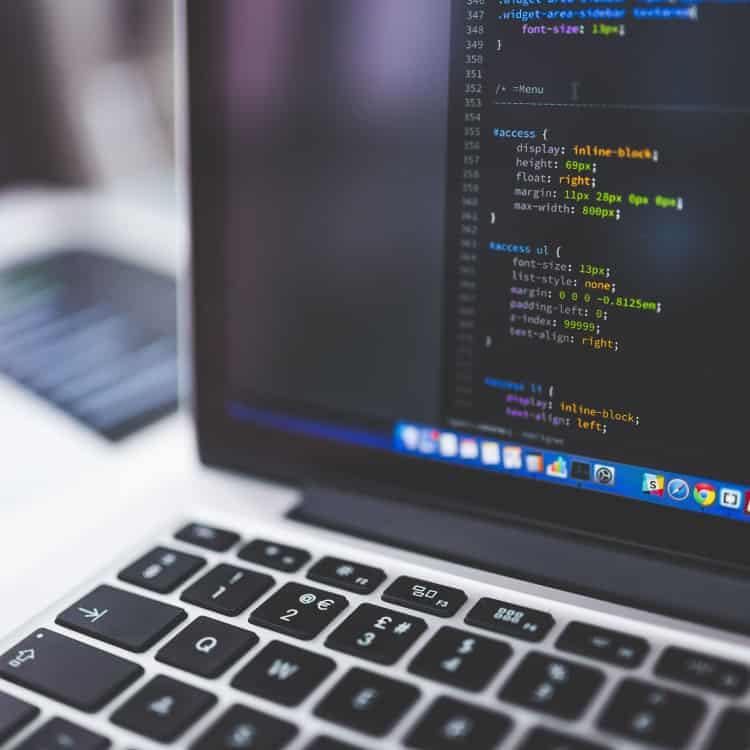Sydney-based consultant, working in renewable power and transition. Formerly Legal Intern at Lawpath.
To sufficiently understand the circumstances under which code is subject to copyright protection it is important to first gain an understanding of what it is. Copyright refers to the exclusive right given to the creator of a creative work to reproduce work. The original work may be in a literary, artistic or musical form. Copyright is intended to protect the original expression of an idea in the form of creative work but not the idea itself. This last part is important to remember especially when it comes to protecting code.
How does copyright on code arise?
There is an automatic protection by copyright law for new code or algorithms. Unlike trademarks, patents and designs, copyright arises without any registration. Software code does not have to be original in that no one has written similar code before. To meet the threshold for copyright protection, programmers only need to show that they have used their own skill and labour to create the code.
When is copyright protection on code breached?
A breach of copyright, with respect to literary work including computer code, occurs pursuant to section 36 of the Copyright Act 1986 (Cth). This refers to the reproduction of code in a material form. This does not necessarily mean a complete copy of the code. Instead, material form includes a substantial part of the code. Simply put, protection applies to the expression of the code. Subsequently, you are able to reproduce a software or code’s function without infringing on someone’s intellectual property. However, reproducing code in its material form (directly copying it) will result in infringement. The idea behind a particular function also does not fall under copyright protection.
Example
This explanation has probably left you with a few questions, so here is an example to explain. There is no protection on the idea of utilising an algorithm to assess customer views through a Twitter stream. However, the protection applies to the background Python code used in the creation of the idea. Despite this, if a programmer was to independently build the same function this would not be in breach of the Python programmer’s copyright.
Conclusion
Subsequently, you should take care when developing software to ensure you do not infringe on someone’s intellectual property rights. Doing so, can result in infringement which can turn into expensive legal action. On the other hand, if you believe your copyrighted work has been replicated or used without your permission it is advisable to issue a cease and desist letter.







